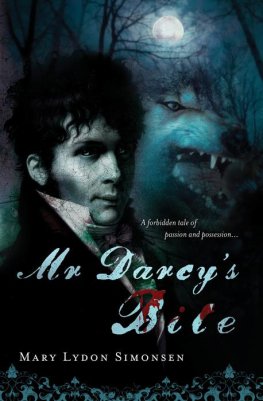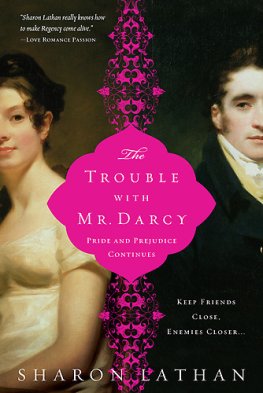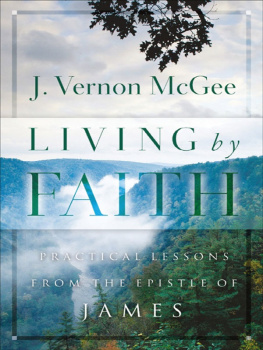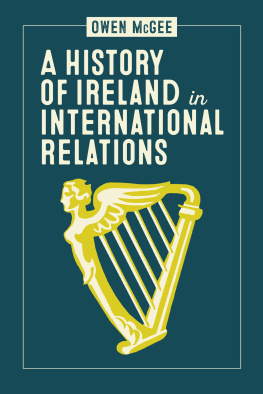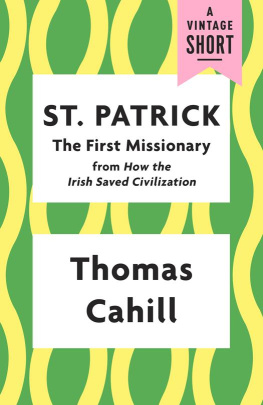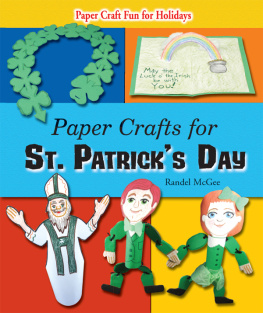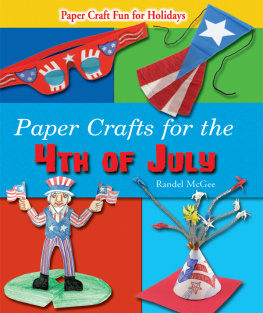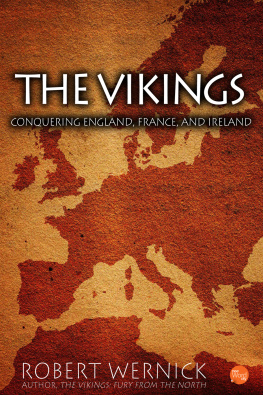CHAPTER I.
THE FIRST INHABITANTS.
Table of Contents
Ireland is situated in the North Atlantic, between the degrees fifty-one and a half and fifty-five and a half North, and five and a quarter and ten and a third West longitude from Greenwich. It is the last land usually seen by ships leaving the Old World, and the first by those who arrive there from the Northern ports of America. In size it is less than half as large as Britain, and in shape it may be compared to one of those shields which we see in coats-of-arms, the four ProvincesUlster, Connaught, Leinster, and Munsterrepresenting the four quarters of the shield.
Around the borders of the country, generally near the coast, several ranges of hills and mountains rear their crests, every Province having one or more such groups. The West and South have, however, the largest and highest of these hills, from the sides of all which descend numerous rivers, flowing in various directions to the sea. Other rivers issue out of large lakes formed in the valleys, such as the Galway river which drains Lough Corrib, and the Bann which carries off the surplus waters of Lough Neagh (Nay). In a few districts where the fall for water is insufficient, marshes and swamps were long ago formed, of which the principal one occupies nearly 240,000 acres in the very heart of the country. It is called "the Bog of Allen," and, though quite useless for farming purposes, still serves to supply the surrounding district with fuel, nearly as well as coal mines do in other countries.
In former times, Ireland was as well wooded as watered, though hardly a tree of the primitive forest now remains. One of the earliest names applied to it was "the wooded Island," and the export of timber and staves, as well as of the furs of wild animals, continued, until the beginning of the seventeenth century, to be a thriving branch of trade. But in a succession of civil and religious wars, the axe and the torch have done their work of destruction, so that the age of most of the wood now standing does not date above two or three generations back.
Who were the first inhabitants of this Island, it is impossible to say, but we know it was inhabited at a very early period of the world's lifetimeprobably as early as the time when Solomon the Wise, sat in Jerusalem on the throne of his father David. As we should not altogether reject, though neither are we bound to believe, the wild and uncertain traditions of which we have neither documentary nor monumental evidence, we will glance over rapidly what the old Bards and Story-tellers have handed down to us concerning Ireland before it became Christian.
The first story they tell is, that about three hundred years after the Universal Deluge, Partholan, of the stock of Japhet, sailed down the Mediterranean, "leaving Spain on the right hand," and holding bravely on his course, reached the shores of the wooded western Island. This Partholan, they tell us, was a double parricide, having killed his father and mother before leaving his native country, for which horrible crimes, as the Bards very morally conclude, his posterity were fated never to possess the land. After a long interval, and when they were greatly increased in numbers, they were cut off to the last man, by a dreadful pestilence.
The story of the second immigration is almost as vague as that of the first. The leader this time is called Nemedh, and his route is described as leading from the shores of the Black Sea, across what is now Russia in Europe, to the Baltic Sea, and from the Baltic to Ireland. He is said to have built two royal forts, and to have "cleared twelve plains of wood" while in Ireland. He and his posterity were constantly at war, with a terrible race of Formorians, or Sea Kings, descendants of Ham, who had fled from northern Africa to the western islands for refuge from their enemies, the sons of Shem. At length the Formorians prevailed, and the children of the second immigration were either slain or driven into exile, from which some of their posterity returned long afterwards, and again disputed the country, under two different denominations.
The Firbolgs or Belgae are the third immigration. They were victorious under their chiefs, the five sons of Dela, and divided the island into five portions. But they lived in days when the earththe known parts of it at leastwas being eagerly scrambled for by the overflowing hosts of Asia, and they were not long left in undisputed possession of so tempting a prize. Another expedition, claiming descent from the common ancestor, Nemedh, arrived to contest their supremacy. These lastthe fourth immigrationare depicted to us as accomplished soothsayers and necromancers who came out of Greece. They could quell storms; cure diseases; work in metals; foretell future events; forge magical weapons; and raise the dead to life; they are called the Tuatha de Danans, and by their supernatural power, as well as by virtue of "the Lia Fail," or fabled "stone of destiny," they subdued their Belgic kinsmen, and exercised sovereignty over them, till they in turn were displaced by the Gaelic, or fifth immigration.
This fifth and final colony called themselves alternately, or at different periods of their history, Gael, from one of their remote ancestors; Milesians, from the immediate projector of their emigration; or Scoti, from Scota, the mother of Milesius. They came from Spain under the leadership of the sons of Milesius, whom they had lost during their temporary sojourn in that country. In vain the skilful Tuatha surrounded themselves and their coveted island with magic-made tempest and terrors; in vain they reduced it in size so as to be almost invisible from sea; Amergin, one of the sons of Milesius, was a Druid skilled in all the arts of the east, and led by his wise counsels, his brothers countermined the magicians, and beat them at their own weapons. This Amergin was, according to universal usage in ancient times, at once Poet, Priest, and Prophet; yet when his warlike brethren divided the island between them, they left the Poet out of reckoning. He was finally drowned in the waters of the river Avoca, which is probably the reason why that river has been so suggestive of melody and song ever since.
Such are the stories told of the five successive hordes of adventurers who first attempted to colonize our wooded Island. Whatever moiety of truth may be mixed up with so many fictions, two things are certain, that long before the time when our Lord and Saviour came upon earth, the coasts and harbours of Erin were known to the merchants of the Mediterranean, and that from the first to the fifth Christian century, the warriors of the wooded Isle made inroads on the Roman power in Britain and even in Gaul. Agricola, the Roman governor of Britain in the reign of Domitianthe first centuryretained an Irish chieftain about his person, and we are told by his biographer that an invasion of Ireland was talked of at Rome. But it never took place; the Roman eagles, although supreme for four centuries in Britain, never crossed the Irish Sea; and we are thus deprived of those Latin helps to our early history, which are so valuable in the first period of the histories of every western country, with which the Romans had anything to do.




